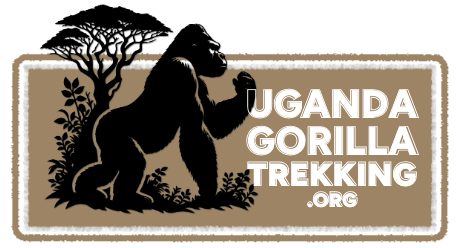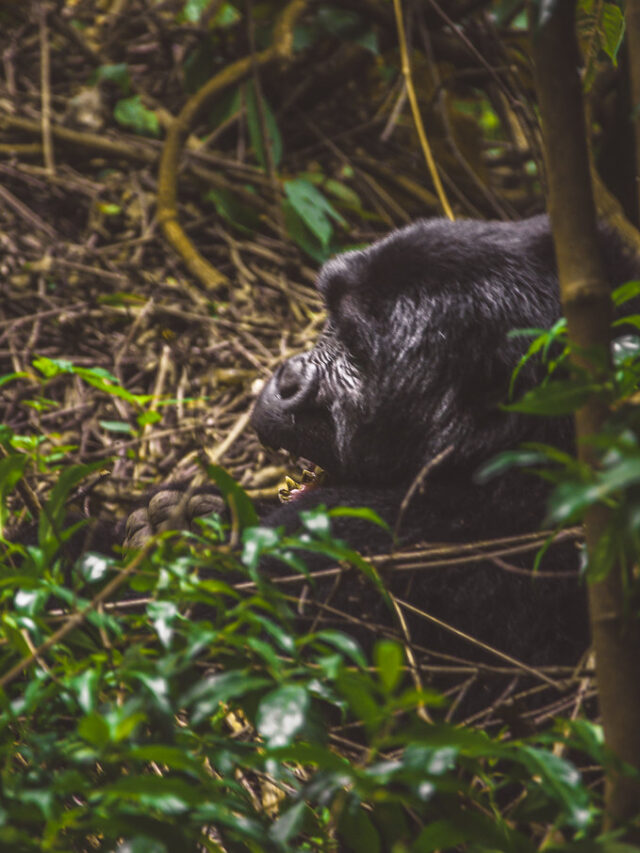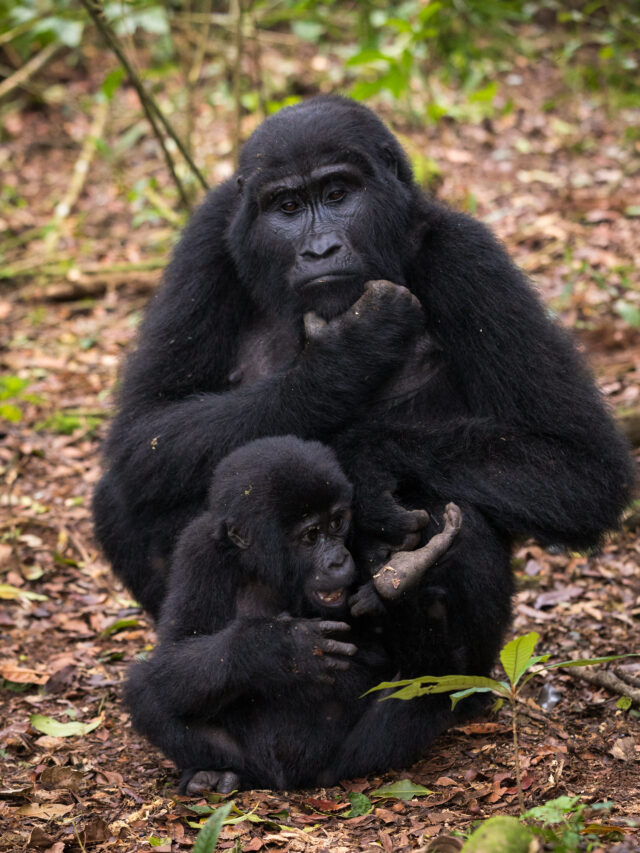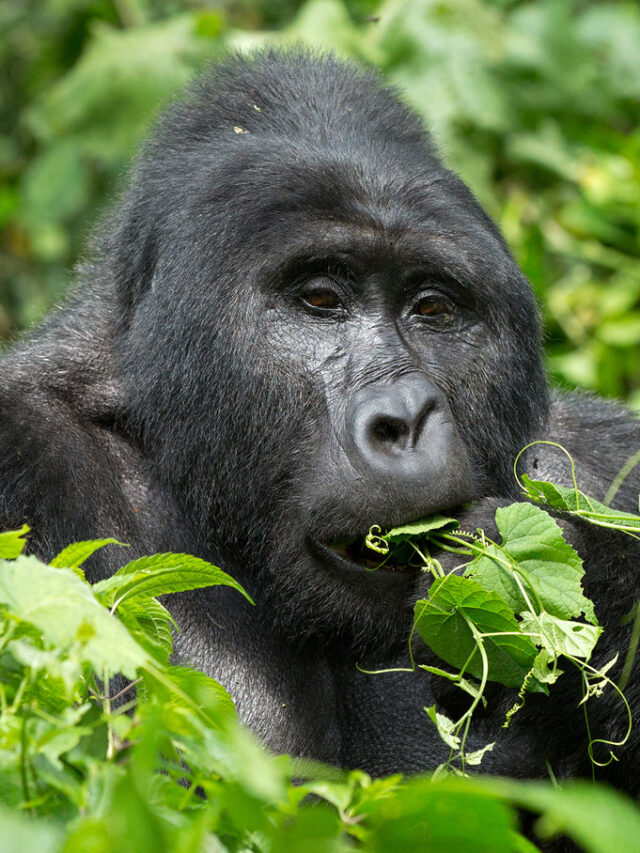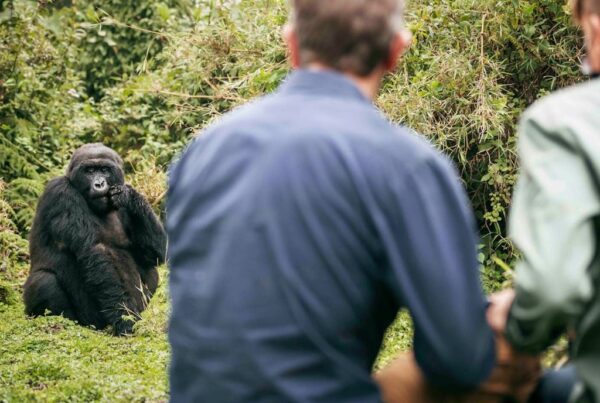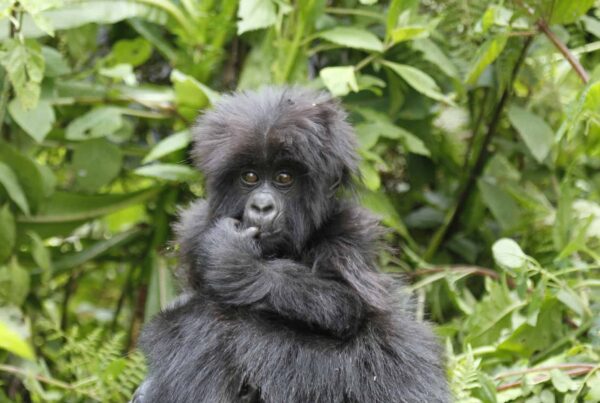Wildlife Safaris: What to See, Expect, Prepare & Plan — Plus Where to Go in Africa
Because Nothing Changes You Like Eye Contact With the Wild
Some journeys are about escape. But a wildlife safari? That’s about returning—to something ancient, something instinctive. You don’t just go on safari to see animals. You go because deep down, there’s a longing to be reminded of the wild places that still exist on Earth—and the wild parts of you that still remember them.
Wildlife Safaris — Planning a wildlife safari in Africa is not just about bookings or travel gear. It’s about preparing your senses, setting expectations that leave room for surprise, and choosing destinations that offer not only big game but big soul. Whether you’re dreaming of lions under acacias, elephants at sunset, or mountain gorillas in the mist, this guide will help you walk into the wild with awareness, excitement, and respect.
What to See on an African Wildlife Safari: The Big, the Rare, and the Unexpected
When most people think “safari,” the Big Five come to mind—lion, leopard, elephant, rhino, and buffalo. And yes, these iconic animals still command awe. But a true safari shows you so much more than five species. It introduces you to the drama of the hunt, the silence of the plains, the joy of a zebra foal running wild, the flutter of birds at sunrise, and the quiet gaze of creatures that don’t need your attention to be whole.
Depending on where you go in Africa, you might see:
– Lions stalking through golden grass in Tanzania or Uganda
– Leopards slinking along riverbanks in Botswana
– Elephants crossing dry riverbeds in Kenya’s Samburu
– Hippos submerged in the Nile or Okavango
– Cheetahs sprinting across the Serengeti
– Mountain Gorillas resting deep in Bwindi’s forest
– Rare wild dogs with painted coats in Zambia or Zimbabwe
– And countless others—giraffes, wildebeest, hartebeest, monkeys, baboons, crocodiles, and over a thousand bird species
A good safari doesn’t just give you sightings. It gives you stories.
What to Expect on Safari: From Early Mornings to Heartbeats in the Bush
Before you go, it helps to understand what life on safari actually feels like. And it’s not just about driving around with binoculars. It’s about rhythm. Stillness. The unexpected.
Most days begin early, when the light is soft and the animals are most active. Game drives start around sunrise and again in the late afternoon, with long pauses in between for rest, meals, or conversation. The roads are often unpaved and bumpy. The drives can be long. But every curve in the trail carries possibility.
You may go hours without seeing a big predator—then suddenly stumble upon a pride of lions lounging after a kill. You may be watching elephants drink when a leopard slips from the bush like a secret. You may think you’ve seen everything—until you realize every day is different.
And the most powerful moments often happen quietly: when you realize the animals aren’t performing. They’re just living. And you’re lucky enough to witness it.
How to Prepare: Emotionally and Practically
Mental preparation is just as important as packing the right boots. Safari is not about control—it’s about surrender. The weather may change. The animals may disappear for hours. Your guide might follow tracks for miles before giving up. But that’s the beauty of it. This is not a zoo. This is their home.
Emotionally, be ready for awe. For stillness. For a kind of beauty that doesn’t shout, but lingers.
Practically, here’s what makes the difference:
Lightweight, breathable clothing in neutral tones
A good pair of walking shoes or hiking boots
A wide-brimmed hat and sunscreen for long days in the sun
A pair of binoculars—don’t rely on your camera zoom
A camera with a decent lens, but don’t forget to look with your own eyes
Insect repellent, especially near water or forest
Travel insurance that covers remote areas
Vaccinations and medications based on your destination (check with your doctor)
Above all—bring patience, presence, and an open heart.
Where to Go: Choosing Your African Safari Destination
Africa is vast. And every region tells a different story. Where you go should depend on what you long to see—and how you want to experience it.
East Africa: Iconic Landscapes and Unmatched Drama
Uganda – Best for mountain gorillas, chimpanzees, and scenic diversity. Combine savannah game drives with rainforest treks and boat safaris on the Nile. Uganda offers fewer crowds, more intimacy, and the kind of emotional connection that stays with you long after.
Kenya – The classic safari land. Think Masai Mara migrations, Samburu elephants, and Amboseli’s postcard views of Mount Kilimanjaro.
Tanzania – Home of the Serengeti and Ngorongoro Crater. Known for epic migrations and rich concentrations of wildlife. Beautiful and vast.
Southern Africa: Remote, Wild, and Water-Rich
Botswana – For a quiet, luxurious, and deeply immersive wildlife experience, especially in the Okavango Delta.
Zambia and Zimbabwe – Raw and untamed, great for walking safaris and off-the-grid moments.
South Africa – Great infrastructure, malaria-free zones, and a range of private game reserves.
Wherever you go, the wild will find a way to move you.
Planning Your Safari: Independent vs Guided, Budget vs Luxury
You can choose a guided safari through a trusted tour operator, or self-drive in some countries like Uganda, Namibia, or South Africa if you’re more experienced. Think about your comfort level with navigation, terrain, and logistics. Some of the most emotional safaris aren’t the fanciest—they’re the ones that feel real, human, and humble.
At ugandagorillatrekking.org, we don’t sell trips but we passionately recommend experienced tour operators, local guides, and conservation-driven travel planners who care as much as you do about wildlife and ethical tourism. If you’d like suggestions, we’re happy to point you in the right direction.
